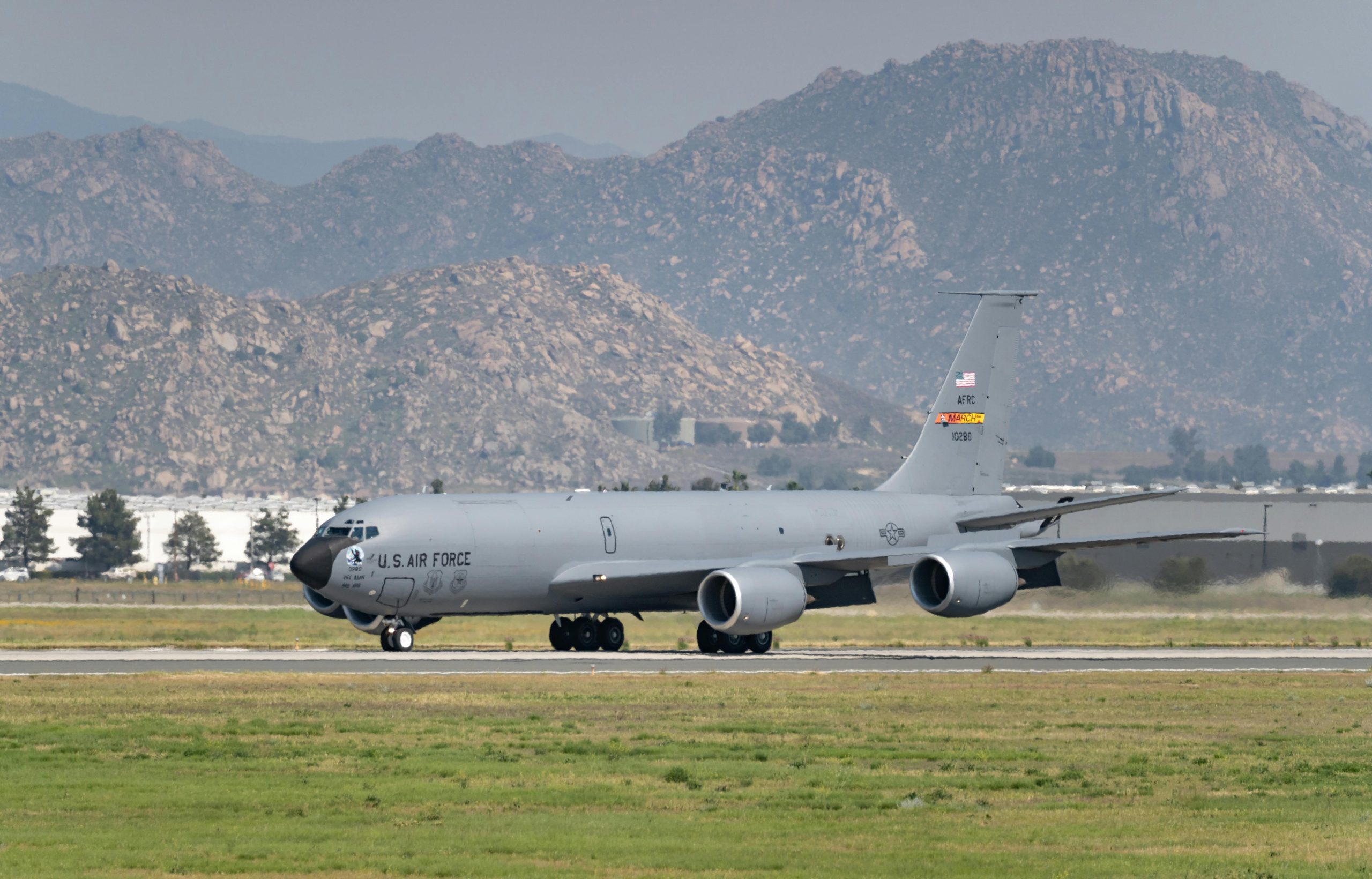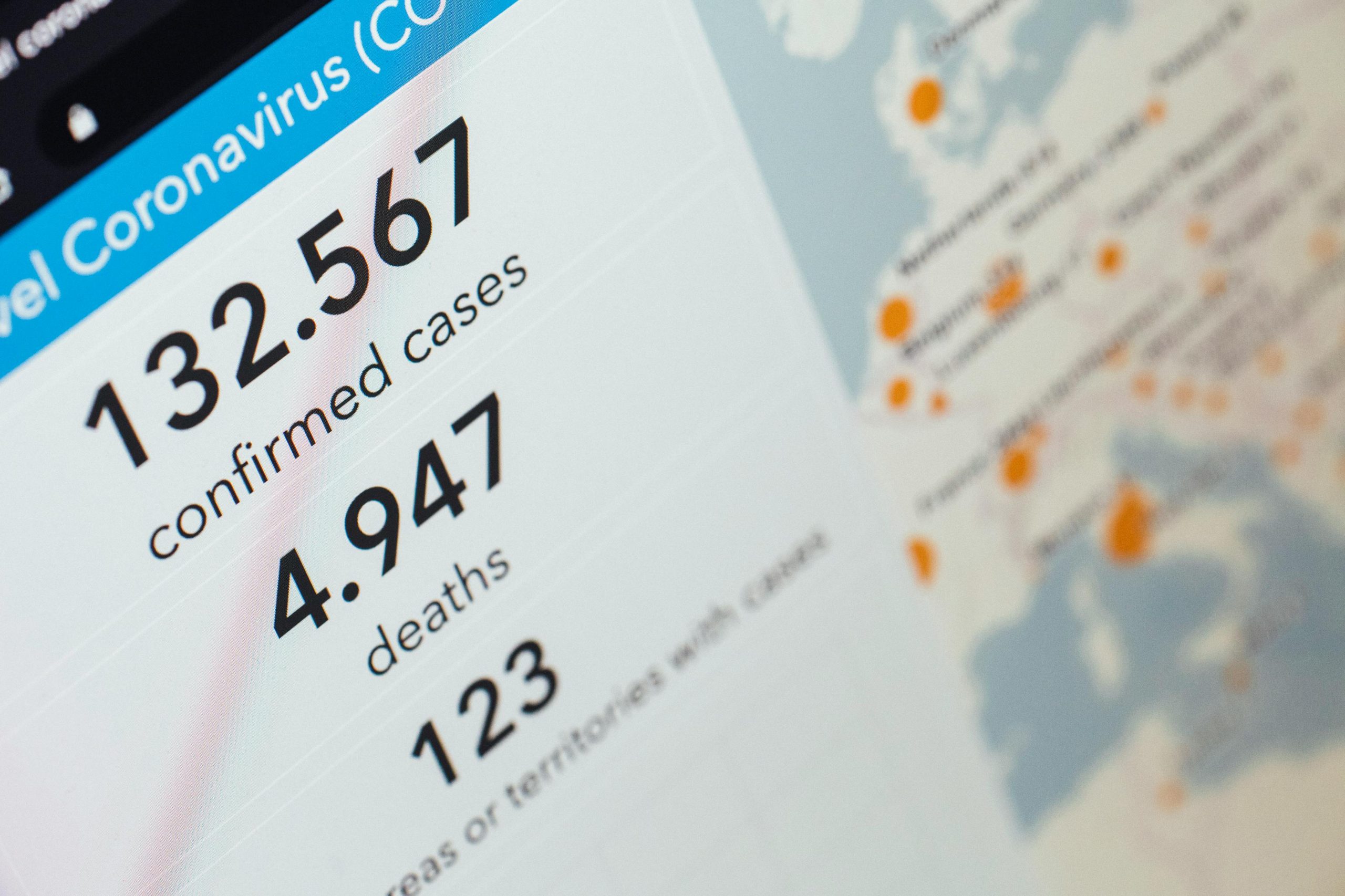The Anthrax Attacks: An Overlooked Chapter in American History
It’s intriguing how the Anthrax Attacks of 2001 seem to have faded from public consciousness. After two years of escalating public anxiety—fuelled by ominous warnings that “crop dusters loaded with anthrax” could be on the horizon—the terror that unfolded in September is often overshadowed by the tragic events of 9/11.
In a curious turn of events, the days following the terrorist attacks on September 11 saw the introduction of the controversial Patriot Act. Initially, this significant piece of legislation struggled to gain traction in Congress. But just as the act faced repeated setbacks, weaponized anthrax was sent through the mail to prominent adversaries of the Patriot Act, including well-known senator Tom Daschle. This development raised eyebrows, especially since investigations revealed that the anthrax was traced back to a CIA laboratory.
Even now, the Anthrax Attacks remain officially classified as “unsolved.” This fact is all the more perplexing given that the implications of such an event resemble many characteristics of a “false flag” operation—a term used to describe incidents orchestrated to shift public opinion or justify policy changes.
The relative silence surrounding the Anthrax Attacks deserves more scrutiny. As history has shown, moments like these can often serve as pivotal turning points in the quest for civil liberties and the balance of power in government. It is essential to revisit and discuss this chapter of history, not just to understand its implications but also to ensure that collective memory does not allow significant issues to slip through the cracks of time.



